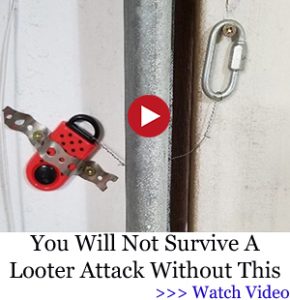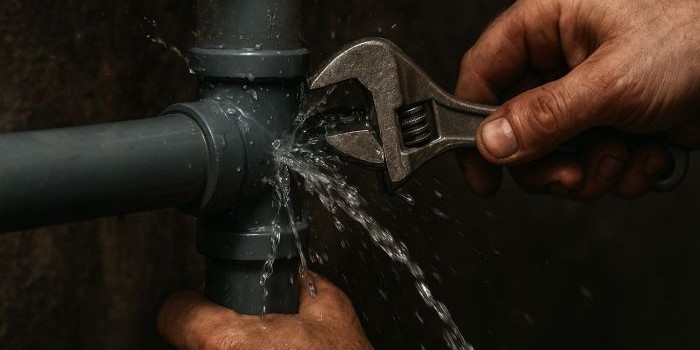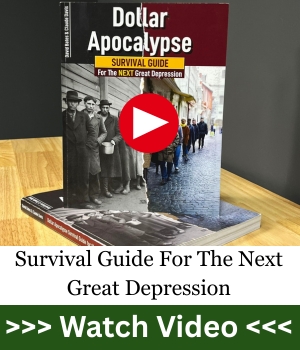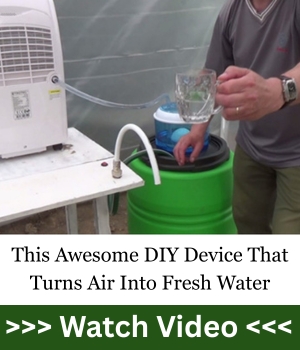When the world goes sideways—whether that’s a grid-down scenario, a major storm, or just a plain old neighborhood water main break—plumbing suddenly moves from “boring household utility” to “mission-critical survival system.” You can have a stockpile of beans, rice, and ammo, but if your pipes burst or your water source gets contaminated, you’re in deep trouble. Clean water is non-negotiable.
First Things First: Stop the Bleed
If you’ve got a leak, your first action is simple: stop the water. In a crisis, don’t expect the city to shut it off for you. Know where your main shutoff valve is. If you don’t, find it today, not tomorrow. A pipe break under pressure can dump dozens of gallons per minute—flooding your shelter, soaking supplies, and wrecking morale.
Most people underestimate how fast water damage stacks up. Think about all the gear you’ve prepped: food in buckets, ammo cans, books, electronics. None of it likes sitting in six inches of water. One busted pipe can turn your basement into a swamp before you even realize what happened. And once mold sets in, you’ve just created another survival problem on top of everything else.
This is why “knowing your system” is as important as knowing how to shoot straight. Walk your property, trace the lines, and know which valves kill which zones. In an emergency, you don’t want to be fumbling around with a flashlight, guessing. Treat your plumbing layout like part of your bug-out plan—it’s not glamorous, but it’s the kind of boring prep that saves your butt.
The Right Tools at Arm’s Reach
You don’t need a plumber’s truck in the driveway, but you do need a small arsenal: adjustable wrenches, pipe cutters, Teflon tape, hose clamps, and some push-to-connect fittings. Keep these in a dedicated kit. When SHTF, you won’t have the luxury of driving to the hardware store. The guy with a drawer full of SharkBite fittings is going to look like a magician when everyone else is trying to tape their pipes back together with duct tape.
Think of tools as multipliers. A ten-dollar cutter and a few couplings can save you thousands in damage and give you clean water when everyone else is boiling mud in a pot. Your “plumbing bag” doesn’t need to be huge, but it should be deliberate. If you prep tools for defense, you should prep tools for water—same logic.
And don’t just buy the tools—practice with them. Cut some old pipe and see how fast you can patch it. Try fixing a leak in low light, with a headlamp, maybe even with gloves on. If you wait until the pressure’s on to learn, you’ll be wasting time, losing water, and adding stress. Prepping isn’t just about what’s in your stash, it’s about the skills in your head.
Materials Matter: Why Schedule 80 UPVC Pipes Win
Not all pipes are created equal. In survival conditions, you want strength and durability. This is where Schedule 80 UPVC pipes shine—they’re tough, chemical resistant, and can handle high pressure without cracking. These are the pipes that don’t just “get you by,” they last. For example, suppliers like pireys.com carry Schedule 80 UPVC that’s built like a tank compared to the thin-walled junk most people have in their houses. If you’re upgrading your system now, this is the stuff you want to lay in.
Schedule 80 isn’t just about toughness—it’s also about peace of mind. In an emergency, the last thing you want to worry about is your infrastructure failing because you went with “builder-grade cheap.” Stronger pipes buy you time, and time in a crisis is priceless. If you’re already reworking part of your system, upgrading now means one less weak point later.
Think of it like armor. You wouldn’t head into a rough situation wearing a T-shirt when you could have a plate carrier. Same deal here: your plumbing is the circulatory system of your home, and skimping on materials now could be the exact failure point that takes you down when everything else is already falling apart.
Workarounds and Field Fixes
Sometimes, you can’t do a textbook repair. In that case, think field medicine: hose + clamps = emergency splint for a cracked pipe. Epoxy putty can plug a small leak long enough to keep water flowing. Even a clean rag and a zip tie can buy you time until you can patch properly. Don’t underestimate “good enough for now”—in a collapse, water security beats textbook craftsmanship.
The trick is having a mental toolkit of improvised fixes. Think like a combat medic—stabilize first, fix later. Got a small hole? Jam a sharpened dowel in and tape around it. Got a long crack? Wrap it in rubber from an old bike tube and cinch it down with hose clamps. Ugly? Sure. Effective? Absolutely.
And don’t forget to stock the consumables. Putty, clamps, spare lengths of hose, even heavy-duty tape. Once you burn through what’s in the junk drawer, that’s it. In a grid-down world, improvisation is survival, but having the raw materials to improvise with is what separates the prepared from the desperate.
Final Thought: Prep It Now, Not Later
Plumbing is one of those invisible luxuries you don’t think about until it fails. But when it fails, everything else falls apart fast. The best emergency repair is the one you never have to do because you prepped ahead with solid materials, tools, and a plan. Water is life—protect your system like your survival depends on it, because one day, it just might.
Every prepper talks about water storage—and yes, that’s smart—but flowing, usable water beats hauling buckets every time. Imagine carrying thirty gallons from a rain barrel just to flush a toilet. Now imagine your pipes are intact and your system’s functional because you invested in it. That’s the difference between “getting by” and actually living through it.
So here’s the takeaway: learn your system, build your kit, and upgrade your materials now. When the tap goes dry for the neighbors and panic sets in, you’ll still have water flowing. That edge could mean more than comfort—it could mean survival.
You may also like:
 How to Build an Automatic Watering Tube for Chickens
How to Build an Automatic Watering Tube for Chickens
DIY Backyard Looter Traps for Instant Revenge (Video)
15 Survival Uses for Old Clothes





















